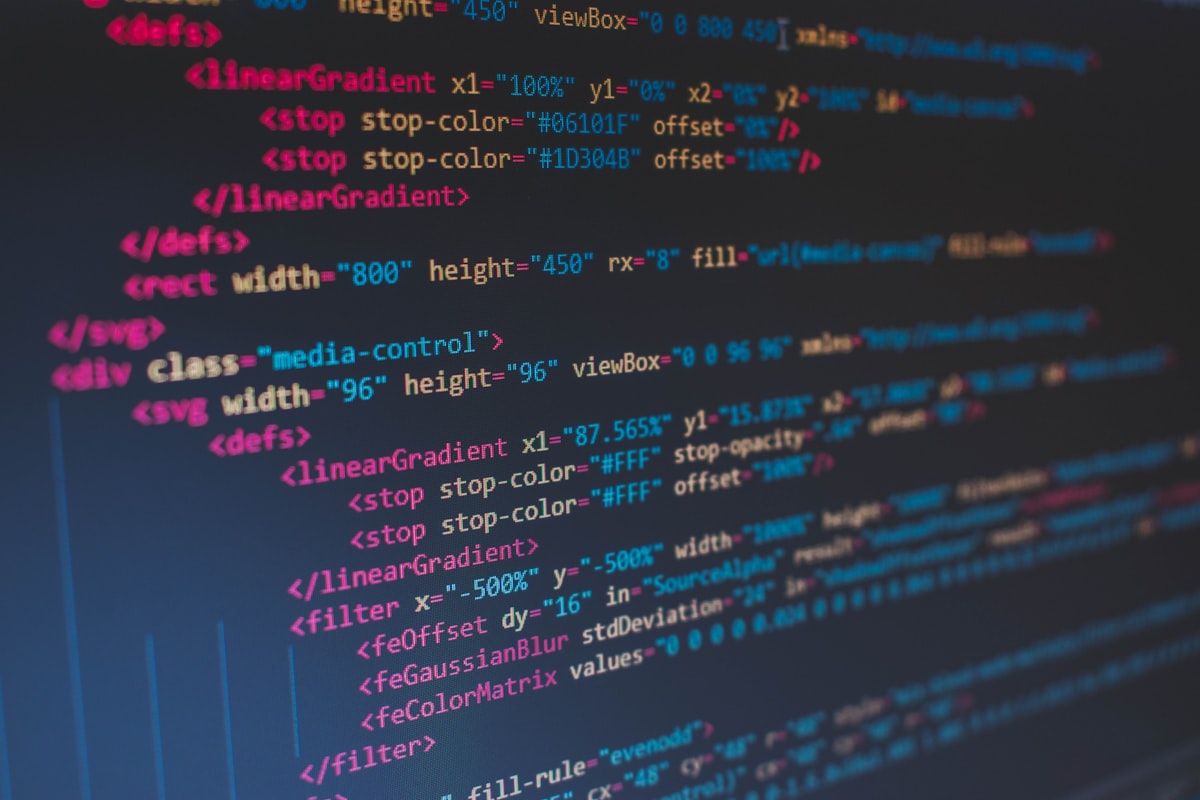Data Science with Python: Analyzing and Visualizing Complex Data Sets

In today's data-driven world, extracting meaningful insights from complex data sets is essential for informed decision-making. Python has emerged as a powerful tool for data science, offering a rich ecosystem of libraries and frameworks for data analysis and visualization. In this article, we will explore how Python can be used for analyzing and visualizing complex data sets, enabling you to uncover valuable insights and communicate them effectively.
1. Data Preparation and Cleaning
Before diving into data analysis, it's crucial to prepare and clean the data. Python provides libraries like NumPy and Pandas, which offer efficient data structures and functions for data manipulation and preprocessing. You can handle missing values, remove duplicates, and transform the data to a suitable format for analysis.
2. Exploratory Data Analysis (EDA)
Exploratory Data Analysis is the process of gaining initial insights into the data set. Python libraries such as Pandas, Matplotlib, and Seaborn provide powerful tools for EDA. You can perform statistical analysis, calculate summary statistics, visualize distributions, and identify patterns or correlations in the data. EDA helps in understanding the data better and guiding subsequent analysis steps.
3. Statistical Analysis and Modeling
Python offers a wide range of libraries for statistical analysis and modeling. Libraries like SciPy and StatsModels provide functions for hypothesis testing, regression analysis, time series analysis, and more. Additionally, libraries like Scikit-learn offer machine learning algorithms for classification, clustering, and predictive modeling. These tools enable you to extract insights, make predictions, and uncover relationships within the data.
4. Data Visualization
Visualizing data is a powerful way to communicate insights effectively. Python libraries like Matplotlib, Seaborn, and Plotly provide a rich set of tools for creating informative and visually appealing visualizations. You can create various types of plots, including line charts, scatter plots, bar graphs, histograms, and heatmaps. Interactive visualizations can be generated using libraries like Plotly, enabling users to explore the data interactively.
5. Geospatial Data Analysis
Python also supports geospatial data analysis through libraries like GeoPandas and Folium. These libraries allow you to work with geographic data, perform spatial operations, and create maps and interactive visualizations. Geospatial analysis can be useful for tasks such as location-based insights, spatial clustering, and mapping trends or patterns across regions.
6. Big Data Analysis
Python integrates well with big data frameworks like Apache Spark and Dask, enabling you to analyze large-scale datasets efficiently. These frameworks distribute computations across multiple nodes and provide scalable solutions for data processing and analysis. You can leverage Python's data science libraries alongside these frameworks to perform advanced analytics on big data.
7. Dashboarding and Reporting
Python libraries such as Dash and Streamlit allow you to create interactive dashboards and reports to present your analysis findings. These tools enable you to build web-based applications with rich visualizations, data filtering capabilities, and user interaction. Dashboards and reports facilitate sharing insights with stakeholders and enable them to explore the data interactively.
Conclusion
Python has become a go-to language for data science, offering a wide range of libraries and tools for analyzing and visualizing complex data sets. By leveraging Python's data manipulation capabilities, statistical analysis libraries, and visualization tools, you can uncover insights, identify patterns, and make data-driven decisions. Whether you are working with structured data, geospatial data, or big data, Python provides a versatile and powerful ecosystem for data science and analysis. So, dive into the world of data science with Python and unlock the potential of your complex data sets.



